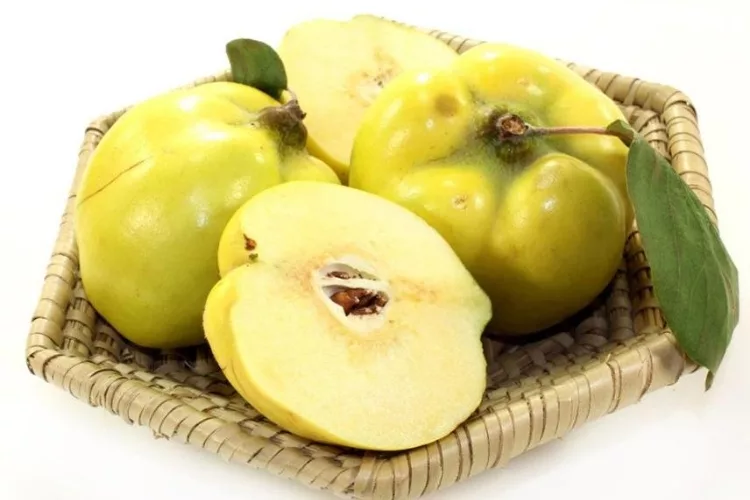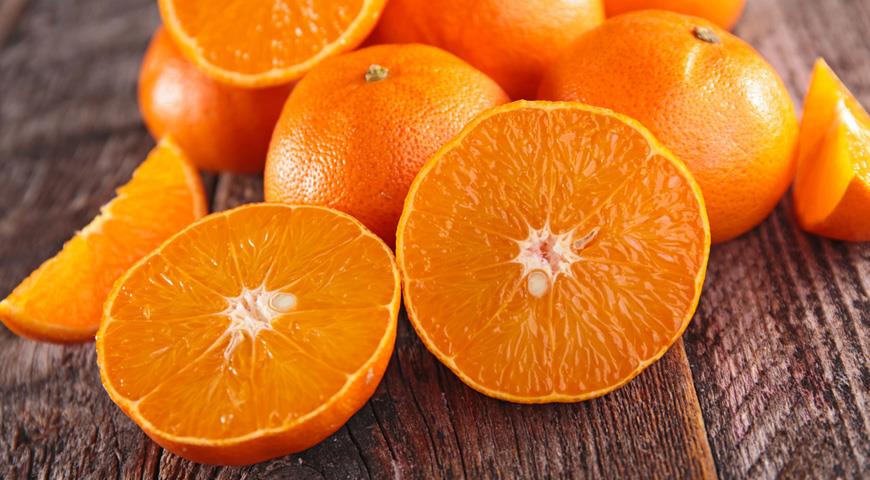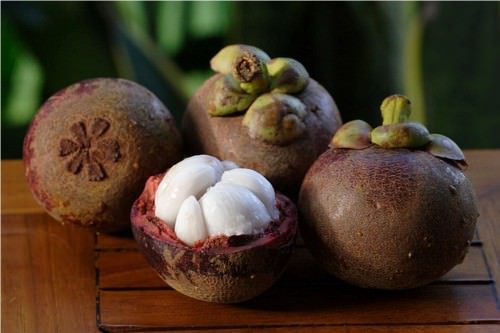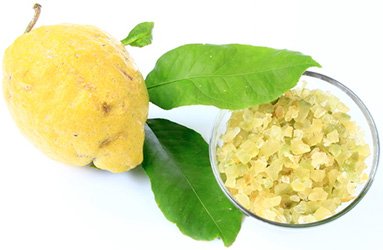14 Fascinating Facts About Chaenomeles
by Editorial Staff
Japanese quince, or Japanese Chaenomeles, is a representative of the Plum subfamily, the Pink family, of the order Rosaceae.
Facts About Chaenomeles

- Japanese quince is small in height (grows from 1.5 to 4 m) with falling leaves (rarely semi-evergreen) bush or low tree, which is an ornamental or fruit and berry crop.
- In shape, its flowers and fruits resemble quince, only the fruits are much smaller. Hence the second name - Japanese quince. In ornamental gardening, Chaenomeles is planted mainly for the sake of flowering. Although the fruits are edible and contain a lot of nutrients.
- Translated from the Greek "homeless" means "to split an apple". This is probably because his fruits are very tough. If they have just been removed from a branch, it is easier to "split" them with a knife than to cut them. After the fruits lie down a bit, they ripen and become a little softer.
- Due to the hard, acidic flesh, the fruit is often considered inedible. And yet it is the most valuable raw material for processing. In terms of biochemical composition, Chaenomeles fruits are often compared to lemons. Not yielding to lemons in terms of the content of organic acids, pectins, and aromatic compounds, Chaenomeles significantly surpasses lemon in terms of C-vitamin content.
- A valuable quality of Chaenomeles is the ability of its fruits to retain vitamins for a long time. In spring, the slices covered with sugar contain as much vitamin C as imported lemons.
- In addition to vitamins, fruits contain biologically active substances that support immunity. The juice from the Chaenomeles fruit helps to eliminate heavy metals and radioactive substances from the body.
- Quince fruits are harvested before the onset of frost. They are used to make jam, make candied fruits, freeze them and cover them with sugar, and even prepare a delicious vitamin liqueur.
- With proper care, Chaenomeles can grow and bear fruit in one place in the garden for up to 60-80 years. What he needs most are enough sunlight and fertile soil.
- The size of the fruit can also be different - from 2.5-3.5 cm in wild-growing forms, up to 15 cm in domesticated forms, subject to proper care. Fruit color also depends on the variety and growing conditions and can be from lemon to dark yellow, sometimes with a one-sided reddish glow.
- All fruits are covered with a layer of natural wax, which gives them a matte finish and the possibility of long storage. Inside each fruit are seeds that are very similar in shape to apple seeds.
- In terms of taste, quince is astringent and sweetish, aromatic, slightly juicy, and tough. Because of such organoleptic properties, they try to eat fresh fruits, but after appropriate processing, you can get high-quality food products, such as marshmallows, jam, preserves, and when you add sweet berries and fruits, high-quality consumables for confectionery production.
- The gelling substances found in the fruits give quince products a peculiar aroma and attractive appearance, and also have a beneficial effect on the human body.
- Until the beginning of the twentieth century, for more than 200 years, it was believed that the tough and not entirely clear-tasting fruits of the Japanese quince are not edible, therefore the shrub was cultivated in European gardens as a culture that is easy to process and richly blooming.
- John Galsworthy, the winner of the Nobel Prize for Literature, dedicated a lyrical and philosophical story to this plant. The flowering tree made such an impression on Galsworthy that he named his collection of stories after him.
 Also Like
Also Like

Clementines are a hybrid of an orange and a mandarin, and this variety was bred by the French priest and breeder Father Clement, after whom the exotic fruit got its name. Externally, clementines are similar to tangerines with one difference – there are pr...

10 Interesting Facts About Arugulas
Indau, eruka, rocket, sowing caterpillar – this plant has many names, but whatever you call it less useful for health, it does not become from this. Arugula has a pleasantly bitter flavor that can add a spicy taste to any dish. Many who have tried it once...

10 Interesting Facts About Asparagus
All over the world, spring is considered the season of asparagus, when the first young juicy shoots appear from the ground. In our country, you don’t even have to look for local asparagus in the markets – you need to grow it (and it doesn’t grow in one ye...

10 Interesting Facts About Broccoli
There is more vitamin C in broccoli cabbage than in lemon, A – almost as much as in carrots, and the rest of the trace elements are certainly not less than in related vegetables of the cabbage family. It should be treated with caution by those who have in...

10 Interesting Facts About Cauliflowers
Cauliflower is superior to all other varieties in taste and nutritional content. What do you know about Cauliflowers? We will tell you 10 interesting facts about him, and if you have something to add, be sure to leave your comment under this post! Caulifl...

10 Interesting Facts About Dills
Many people actively use dill when preparing a wide variety of dishes; this seasoning is considered truly universal. What do you know about Dills? We will tell you 10 interesting facts about him, and if you have something to add, be sure to leave your com...

10 Interesting Facts About Fennels
Not the most frequent guest in our kitchens, but his every appearance should be noted. What do you know about Fennels? We will tell you 10 interesting facts about him, and if you have something to add, be sure to leave your comment under this post! The ho...

10 Interesting Facts About Garlic
Many doctors recommend eating garlic, in the absence of contraindications, of course. This is an extremely useful product, notable for the fact that when cooked or dried, it retains a significant proportion of useful substances. What do you know about Gar...

10 Interesting Facts About Greens
We know vegetables and greens are good for you. But what exactly is their strength and why are they so important in the daily diet? After examining the opinions of people leading a healthy lifestyle, we are a selection of 10 interesting facts. What do you...

10 Interesting Facts About Lettuce
Lettuce is known all over the world and has been actively used since the 20th century. People can grow lettuce on their own to consume its leaves or stump. It should be noted that lettuce varieties such as Roman are produced mainly in Europe (in the Medit...

10 Interesting Facts About Parsley
Even the usual seasoning can harbor a lot of unusual things. What do you know about Parsley? We will tell you 10 interesting facts about him, and if you have something to add, be sure to leave your comment under this post! Did you know that there are curl...

10 Interesting Facts About Pumpkins
Orange, juicy, bright, tasty, useful! Pumpkin is a real symbol of autumn. And what do you know about pumpkins? We will tell you 10 interesting facts about pumpkins, and if you have something to add, be sure to leave a comment under this post! In fact, the...

12 Interesting Facts About Daikon
Due to the high content of vitamins, daikon strengthens the immune system, and its phytoncides kill microbes. Daikon removes excess fluid from the body, cleanses the liver and kidneys, stimulates the stomach and intestines, and is even able to dissolve ga...

12 Interesting Facts About Mangosteen
We have already written about dragon fruit – one of the most popular fruits in Southeast Asia, especially in Thailand. We decided to continue the series of notes dedicated to fruits, which can be seen in abundance on Thai food stalls. The turn of mangoste...

12 Interesting Facts About Mustard
Mustard is an annual plant that grows up to 60 cm in height. The bright yellow flowers form seed pods, each containing about 6 seeds. What do you know about Mustard? We will tell you 12 interesting facts about him, and if you have something to add, be sur...

Citron is a rare fruit that belongs to the citrus family. At the moment, it grows only in some rather limited areas. Theophrastus, Virgil, Martial also spoke about this fruit, it is also mentioned in the Bible. The history of the origin of this citrus tre...

Guava is an evergreen plant of the Myrtle family, which includes about 100 species. This plant is native to the tropics of South America, but today it is grown in other parts of the world. The guava fruit is widely used for making desserts. Guava fruits a...

13 Interesting Facts About Beans
Many dishes contain beans, and in some countries, they are an integral part of the national cuisine, for example, in Mexico. What do you know about Beans? We will tell you 13 interesting facts about him, and if you have something to add, be sure to leave ...

14 Interesting Facts About Basil
Basil is considered an Indian spice and is used as a condiment in many cuisines around the world. What do you know about basil? We will tell you 14 interesting facts about him, and if you have something to add, be sure to leave your comment under this pos...

14 Spectacular Facts About Nectarine
There are many exotic fruits in the world, however, due to its wide distribution, nectarine can hardly be called such. If earlier it was known only in China, now it is being cultivated even in Cyprus. The name of the fruit comes from the drink that the an...
Comments for "14 Fascinating Facts About Chaenomeles"
 |
 |
 |
 |
Get FREE Recipe Gifts now. Or latest free cooktops from our best collections.
Disable Ad block to get all the secrets. Once done, hit any button below
 |
 |
 |
 |